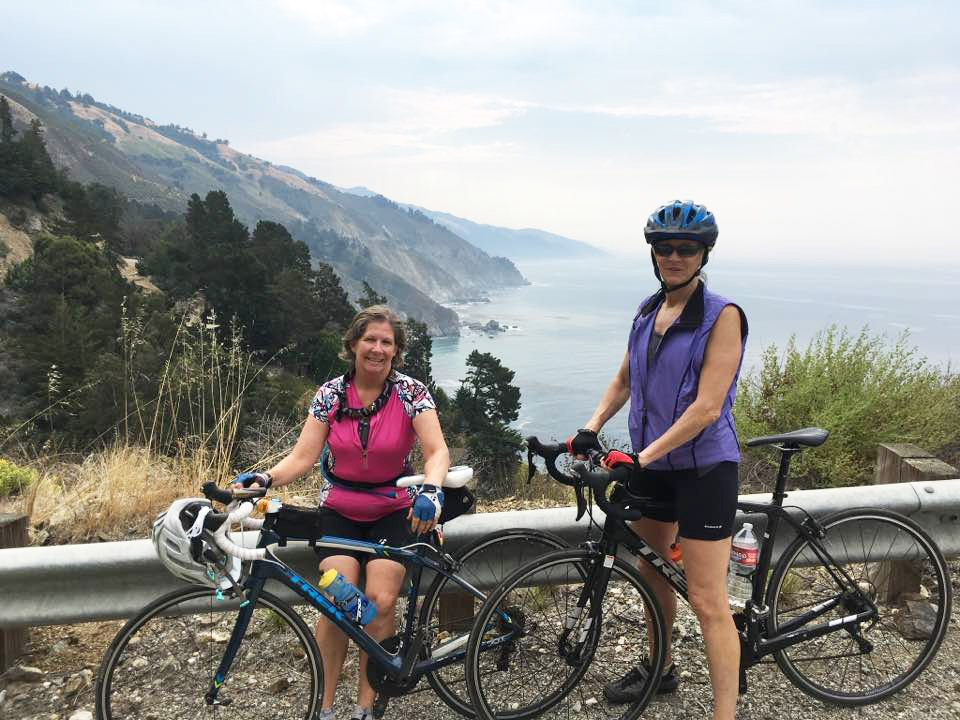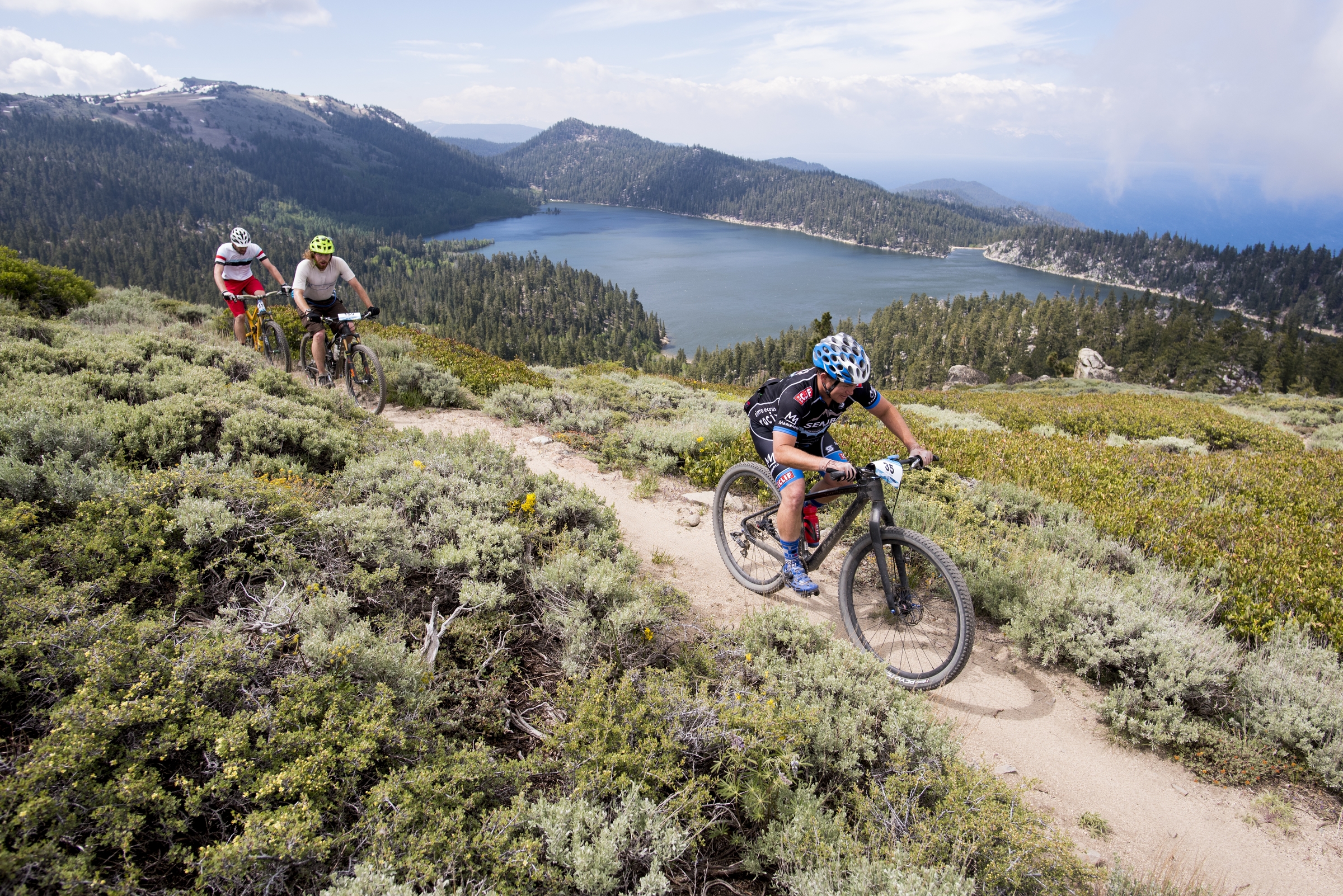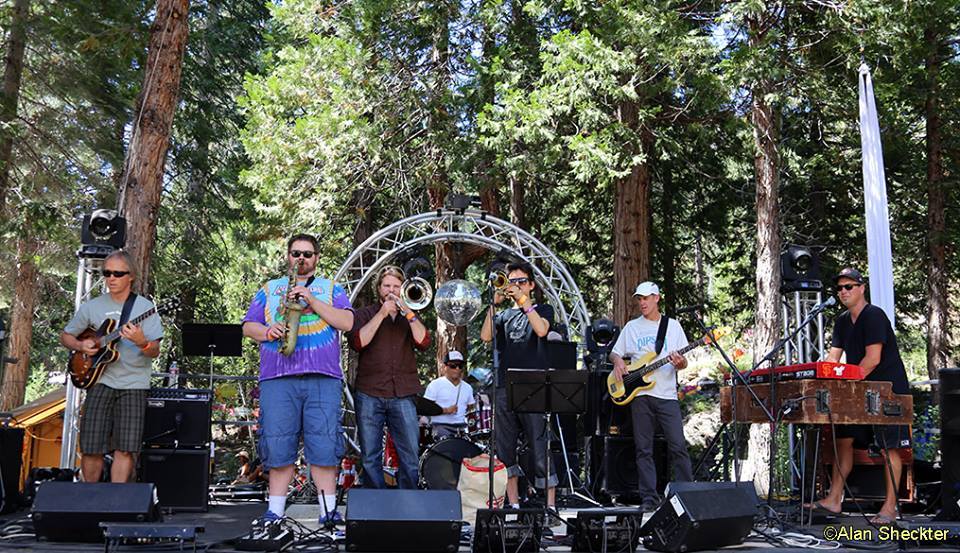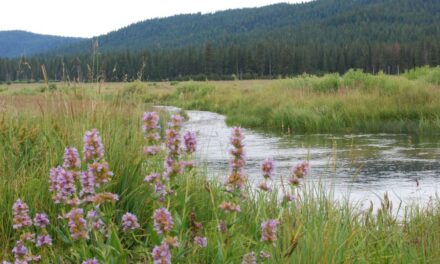- California Enduro Series Announces 2024 Schedule - 11/19/2023
- ASHLAND MOUNTAIN CHALLENGE 2023 – CES RACE REPORT - 10/04/2023
- China Peak Enduro 2023 – CES Race Report - 09/04/2023
Funds to benefit grant program supporting cycling, bike safety, motorist education and youth programs
HELP CHOOSE THE IMAGE that will be featured on a new DMV California Specialty License Plate (SLP) promoting cycling in California. Funds raised from this specialty plate will benefit a grant program that supports cycling, bike safety, motorist education and youth programs throughout California. Choose from five designs and vote for your favorite!
View the options and take the survey here.
Learn more about this project in the information below provided by the California Department of Public Health.
California Department of Public Health — Nutrition Education Obesity Prevention Branch (NEOPB)
Bicycle License Plate Information
About NEOPB
NEOPB is a branch office within the California Department of Public Health. NEOPB works to reduce the prevalence of overweight and obesity in California residents through education and other strategies. NEOPB addresses the statewide obesity epidemic through food and physical activity education, breastfeeding support, community development strategies and marketing of healthy behaviors, focusing on low income Californians. Our mission is: “Through statewide, regional and local partnerships, programs, and policy initiatives, we promote healthy eating, physical activity, and food security with an emphasis in communities with the greatest health disparities”.
What a Specialty Interest Bicycle License Plate (BLP) will do for NEOPB
A NEOPB Bicycle License Plate (BLP) will generate funds for NEOPB to do additional programing in partnership with statewide coalitions, community-based organizations, nonprofit organizations and county health departments.
What Types of Programs will the BLP Initiate?
Funds will be awarded through a grant process to promote best practices of cycling as a form of physical activity with an emphasis in physical literacy and in relation to the prevention of chronic disease. Grants will also focus in creating safe places to ride bikes, earn-a-bike programs for at risk youth, cycling as an alternative mode of transportation and safety education for cyclists and drivers of automobiles.
Current Levels of Physical Activity in California
The current physical activity guidelines from the Centers for Disease Control and Prevention (CDC) recommend 60 minutes of daily physical activity for children ages 6 to 17 and 150 minutes a week for adults. Yet in California, just 22.2 percent of youth ages 6-11 and 11.5 percent of youth ages 12-17 meet the physical activity recommendations (1, 2). Only 56.3 percent of California adults meet the recommendation (3).
Why Use Cycling to Increase Physical Activity?
Cycling is a low-impact, low risk form of physical activity. Cycling can be done at the individuals own pace, moderate or vigorous. It can also be done as a family, individually, group atmosphere or as a team sport. When children are introduced to physical activity programing and taught to enjoy it, rather than compete in it, they tend to do these activities throughout their lifetime.
Prevalence of Obesity and Chronic Disease in California
Physical in-activity has contributed to a dramatic rise in obesity and the prevalence of chronic disease in California. In California, 7.4 million adults and adolescents were obese in 2011-12. Moreover, obesity among California adults is increasing. The prevalence of adult obesity rose from 19 percent in 2001 to 25 percent in 2011-12 (4). Obesity is a significant risk factor for type 2 diabetes, heart disease, stroke, and some cancers (4).
- Approximately 29 percent (8,364,000) of the adult population in California have been diagnosed with high blood pressure (5).
- 9 million (13.8%) Californians have diabetes (6).
- 13 million adults in California, or 46 percent, have prediabetes or undiagnosed diabetes (7).
- 5,724,000 people in California have been diagnosed with asthma (8).
The BLP program will emphasize bike focused physical activity to reduce the incidence of obesity and related diseases in California.
Safe Places to Ride Bikes
Low-income individuals typically live in areas that do not provide easy access to safe public recreation areas and opportunities. They are marginalized regarding organized physical activity opportunities (recreational disparities). These disparities are a major contributor to the higher incidence rate of obesity and chronic disease (9). The BLP grants will fund efforts to make existing parks and recreation areas safe places to ride bikes.
Earn-A-Bike Programs
These programs have been shown to provide youth with opportunities to learn bike mechanic skills, develop social skills and receive mentoring from program advisors. Youth also develop a passion for the joy of riding a bike. Programs have been shown to reduce violence and high risk behaviors in youth (10, 11, and 12). The Bike plate program will seek out opportunities to assist organizations, schools and communities that want to start or have an existing Earn-a-bike program.
Alternative Mode of Transportation
According to the California Transportation Survey, about seven tons per day of smog-forming gases and almost a ton of inhalable particles are spared from the air we breathe due to use of bicycles rather than motor vehicles for routine transportation. Our grant program will support the promotion of bicycles as alternative transportation.
Safety Education for Cyclists and Drivers of Automobiles
Information from the National Highway Traffic Safety Administration places California as one of three states with a per capita annual death rate of three bicycles fatalities per million, third highest in the country.
Table 1: Per Capita, States with the Most Bicycle Related Fatalities 2010-2012
|
Per Capita Rank |
State |
Average Annual Deaths Per Million Residents |
2010 |
2011 |
2012
|
3-year Total Deaths Average |
Annual Deaths |
| 1 | Florida* | 5.7 | 83 | 126 | 120 | 329 | 110 |
| 2 | Louisiana* | 3.8 | 11 | 18 | 23 | 52 | 17 |
| 3 | New Mexico | 3.1 | 8 | 4 | 7 | 19 | 6 |
| 4 | Arizona | 3.0 | 19 | 22 | 18 | 59 | 20 |
| 5 | South Carolina* | 3.0 | 14 | 15 | 13 | 42 | 14
|
| 6 | California | 3.0 | 100 | 115 | 123 | 338 | 113 |
*Presently has a Bicycle safety license plate. http://www.governing.com/gov-data/transportation-infrastructure/most-bicycle-cyclist-deaths-per-capita-by-state-data.html
The NEOPB BLP program will promote the use of best practices in cycling education, and the education of drivers of automobiles regarding the awareness of cyclists on the road. The program will also encourage best practices in organized charity rides to avoid accidents and fatalities and will team with local law enforcement agencies to initiate cycling ambassador programs.
Anticipated Number of Sales
A conservative projection is at least .09 percent of the licensed drivers in California will buy the BLP (same rate as in Florida, Texas and Colorado). The number of purchases will be 2,039,155 license plates. We anticipate 10 to 11 percent of license drivers will purchase a BLP for two reasons. 1) Cyclists in California will purchase the plate as it is bike related and with Woodstock as the image people who do not cycle will purchase the plate because he is a beloved and cool character. 2) Our Ambassador/Spokesperson and marketing plan will provide more exposures and media awareness than any state bicycle plate program thus far. If 11 percent of drivers in California purchase a plate the total number will be 2,492,301.
Grant Committee
NEOPB will be part of the BLP Steering Committee and oversee the grant process. Other organizations in the BLP Steering Committee will likely include the California Bicycle Coalition and several other nonprofit organizations. Nonprofits will represent Southern California, Central California and Northern California.
Timeline
We hope to announce the availability of the license plate May 10, 2018 at our annual May is Bike Month event. We anticipate reaching the required threshold of 7,500 paid applications within eight months and forwarding to the Department of Motor Vehicles for production. Our target date, to see the license plates on vehicles in California, is winter 2018 or spring 2019 or sooner.
***
Main Photo: Big Sur is one of many epic destinations for cycling in California.
***
Read Other Press Releases Here.













